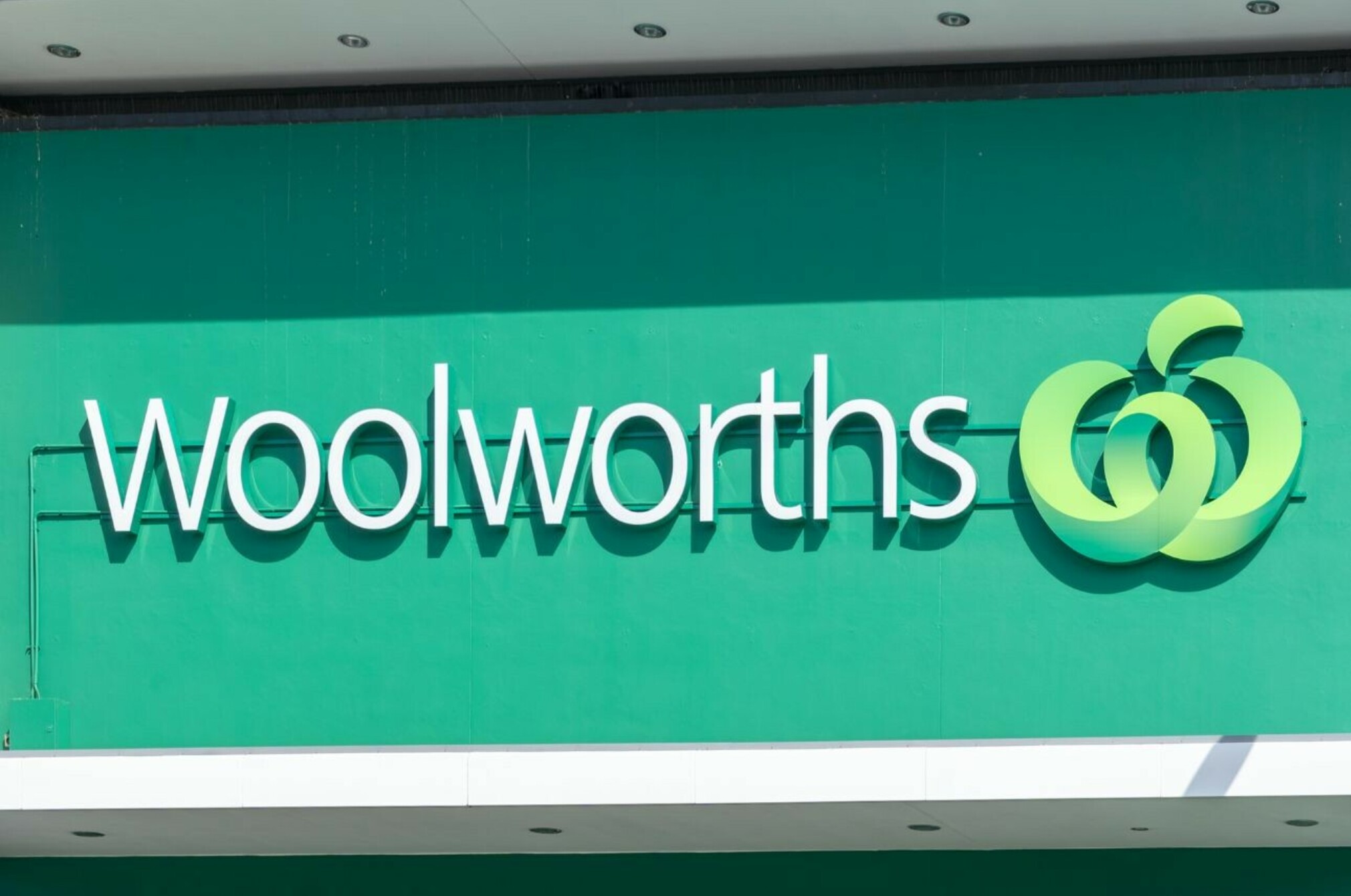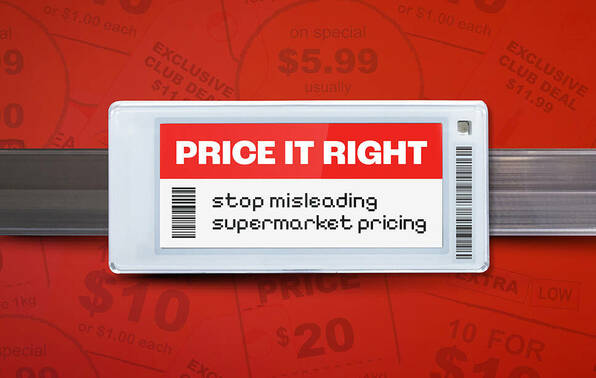Woolworths’ proposal to buy ready-to-eat meal company
Woolworths has applied to the Commerce Commission for approval to buy Beak & Johnston Holdings, a company that makes pre-packed convenience meals and slow-cooked meats. While Woolworths says there’s no competition issues, we’re concerned the move won’t be a win for consumers.

Beak & Johnston’s brands include Pitango, Artisano, Ready Chef, Beak & Sons and Strength Meals. While based in Australia, it also has a manufacturing site in Auckland.
Woolworths state the proposed buyout will not pose any competition issues.
However, we think there is the potential for competition to be reduced if a supermarket owns a manufacturer. It could mean other retailers won’t have access to those products, or if they do, they won’t be offered the products at competitive prices.
Currently, Beak & Johnston also supplies private label (also known as home- or supermarket-brand) products to Woolworths.
Woolworths sees potential growth in its branded products range with the acquisition.
“This proposed purchase aligns with Woolworths' commitment to expanding the quality, range and taste of our own and exclusive brands, which plays a crucial role in attracting customers to choose Woolworths for their grocery shopping needs,” a Woolworths spokesperson said.
But, at Consumer NZ, we’re concerned about the growing number of supermarket-brand products available on grocery shelves. While they are generally cheaper, there’s a risk they could come to dominate supermarket shelves and push out competitors, reducing choice and raising prices in the long run.
Woolworths’ proposed acquisition of Beak & Johnston has the potential to broaden its scope in which the supermarket is both the supplier and the retailer which could set a worrying precedent given suppliers are already feeling squeezed by the supermarkets.

Sign the petition to make supermarkets price it right
Supermarket pricing errors are widespread and another blow to people’s budgets. Find out about our campaign to tell the government we need clear rules, stronger penalties and automatic compensation for shoppers when supermarkets get it wrong.
The potential problem with supermarket-branded products
While supermarket brands can offer a short-term win for shoppers because they’re generally cheaper and provide more choice, in the long run, they could come to dominate supermarket shelves, pushing out competitors and leaving the supermarkets free to raise prices as they wish.
Supermarket-brand products are generally made for supermarkets by existing suppliers. The Commerce Commission’s First Annual Grocery Report, released in September 2024, pointed out that this means the supermarket is both a customer and a competitor of independent suppliers, which has the potential to lessen competition.
Currently, the grocery sector in Aotearoa is highly concentrated – the two supermarket chains (Foodstuffs and Woolworths) control 82% of the market share.
However, the Commission’s 2022 market study into the grocery sector found supermarket-brand sales in Aotearoa were “relatively low compared to overseas markets”.
The Grocery Supply Code (which is currently under review) states that supermarkets should have principles about the range of products they offer and how much shelf space is given to supermarket-brand products compared with other brands. They aren’t meant to favour their own products.
We asked Woolworths and Foodstuffs what percentage of their products and sales were store branded. Both declined to share figures, citing commercial sensitivity. However, Foodstuffs refers to its Pams brand as, “the most popular grocery brand in the land”. And in its 2021 preliminary submission on the Commission’s market study, Woolworths stated it had more than 3,000 home-brand products across 250 categories.
We also asked the supermarkets about their shelf-space allocation principles. Foodstuffs again declined to comment, citing commercial sensitivity.
Woolworths shared some information, although it was light on detail. It said it allocates shelf space according to a store’s layout and customer demand, so customers can easily find what they’re looking for. When there are space constraints, Woolworths considers a product’s performance against that of other products and allocates space according to customer demand.
This could mean supermarket brands could push out the more expensive private labels if people are buying more of the cheaper alternative.
The Commission’s report into the grocery sector was also meant to open up the wholesale supply of groceries – which is also dominated by the supermarket chains. However, the duopoly isn’t allowing other retailers to buy its supermarket-brand products through its wholesale businesses, except for a limited range offered by Woolworths.
We asked Foodstuffs why it didn’t offer its supermarket-brand products to other retailers. It said own brands are a “global supermarket practice” whose value comes from being integrated into the supermarket.
“Making them more widely available through other retailers removes that value advantage by incurring the additional costs that are necessary for stand-alone brands,” a spokesperson said.
The Grocery Commissioner intends to monitor the supermarkets’ use of supermarket-branded products to see how the dynamics play out between the supermarkets and independent manufacturers.

Are meal kits cheaper than the supermarket?
We compared three meal kit delivery services with the supermarket to see which is cheaper.

Member comments
Get access to comment